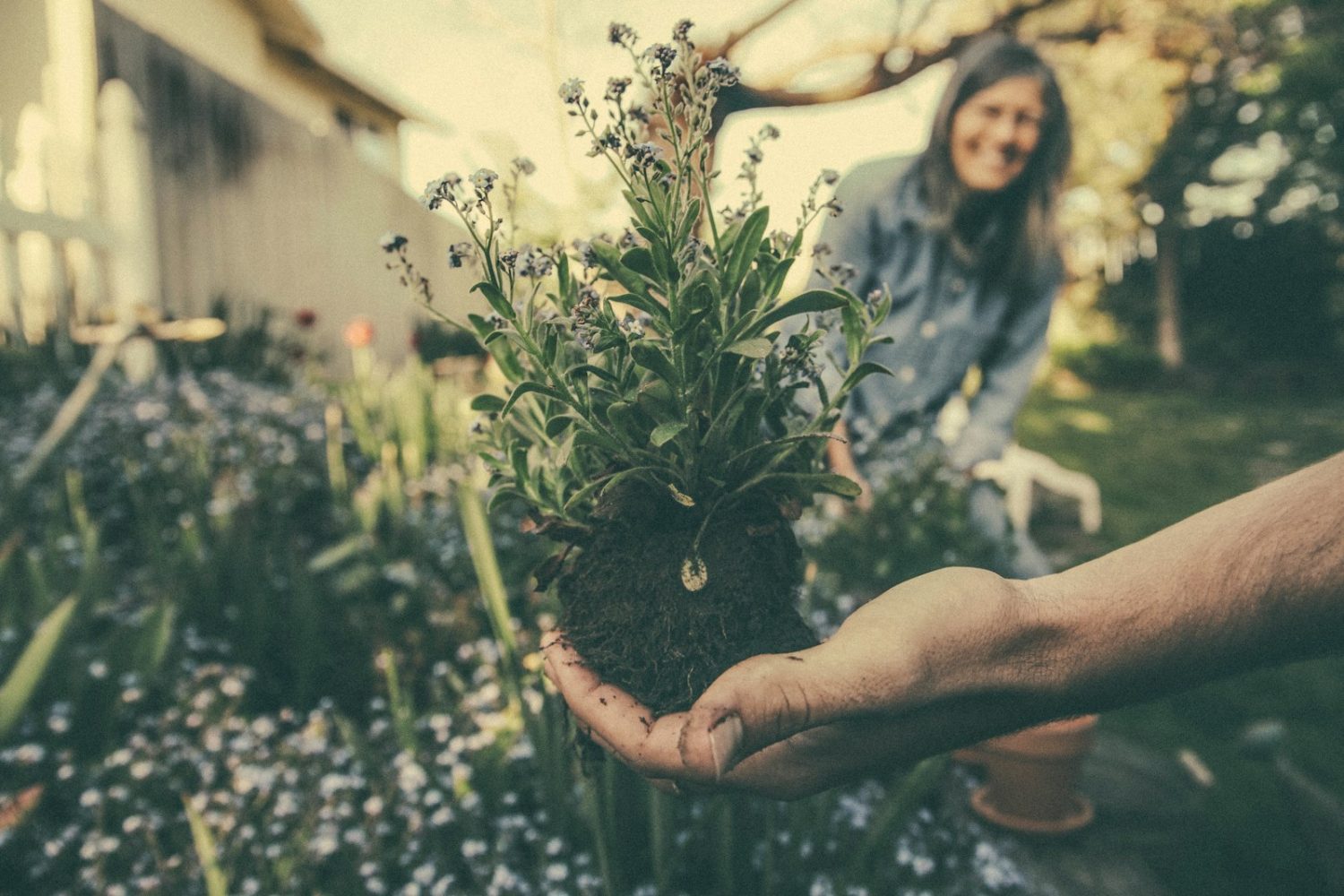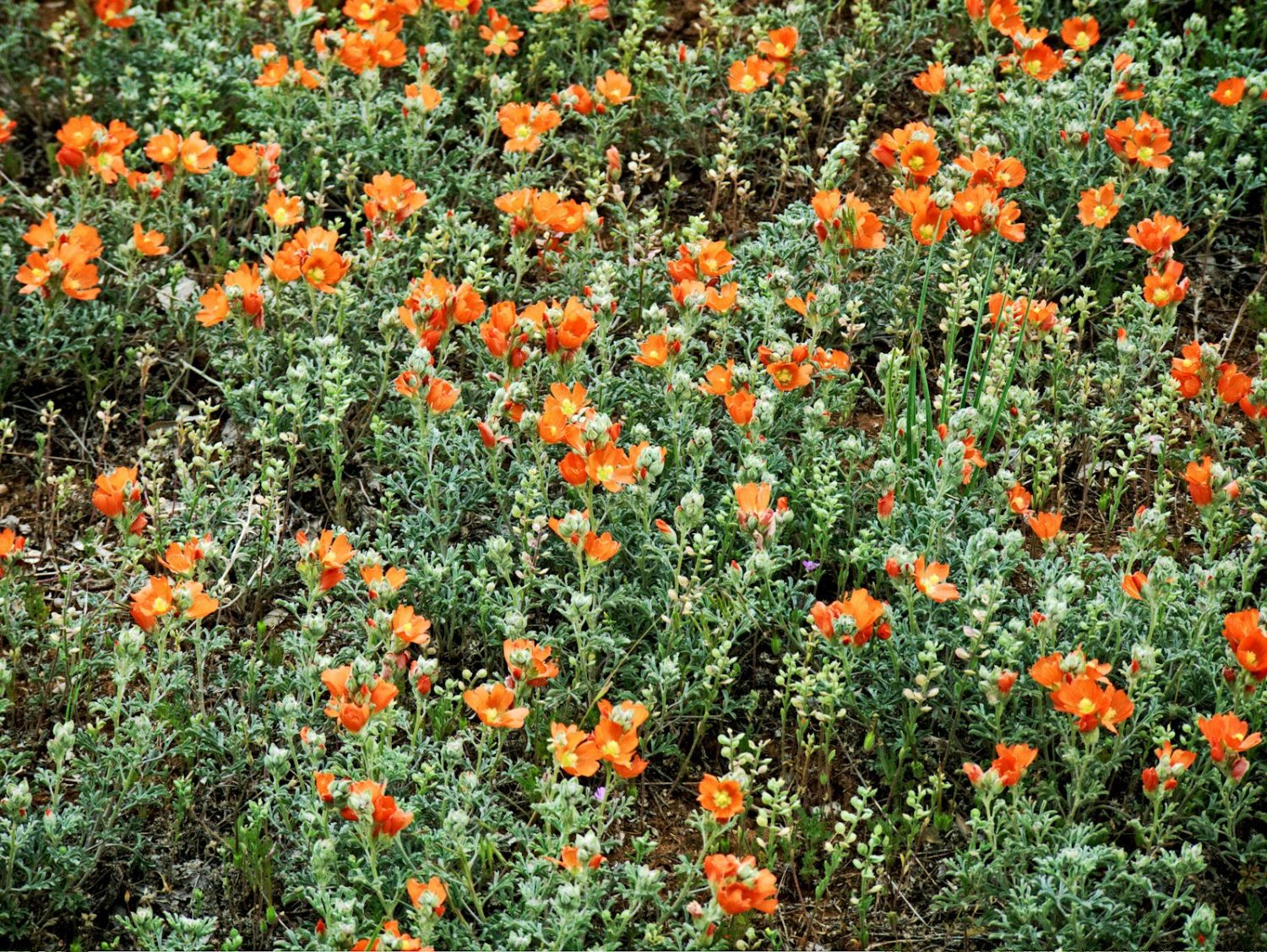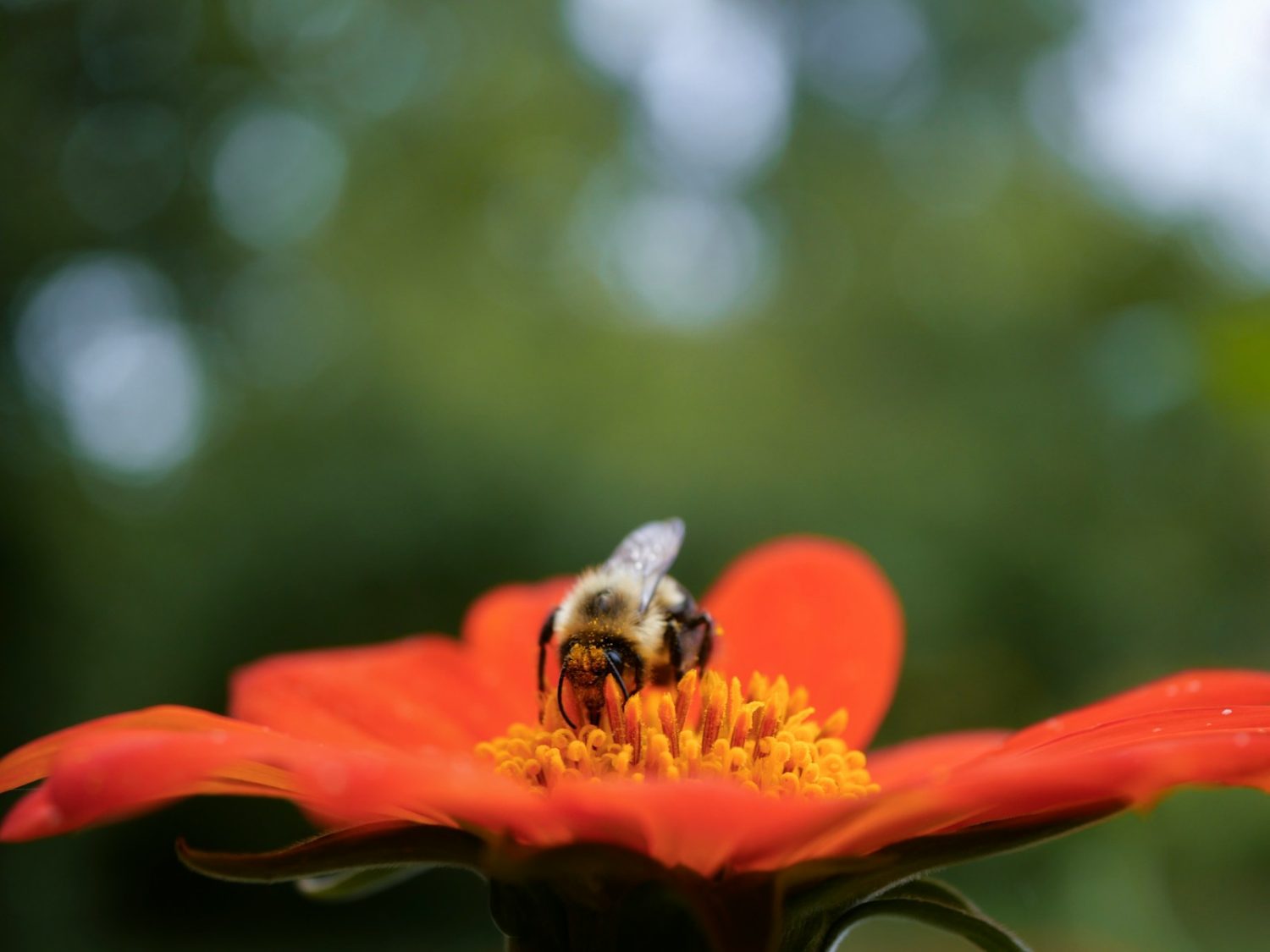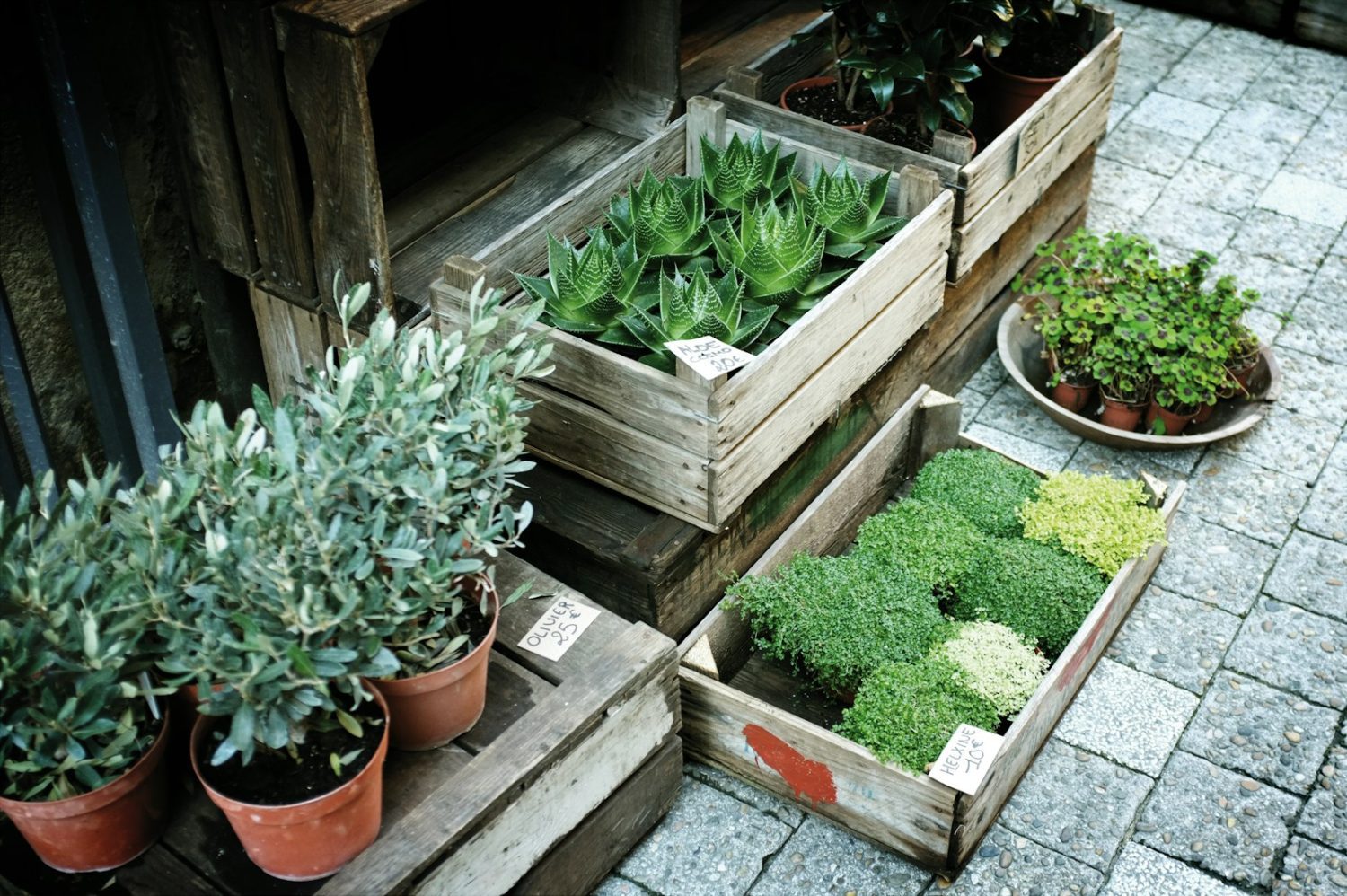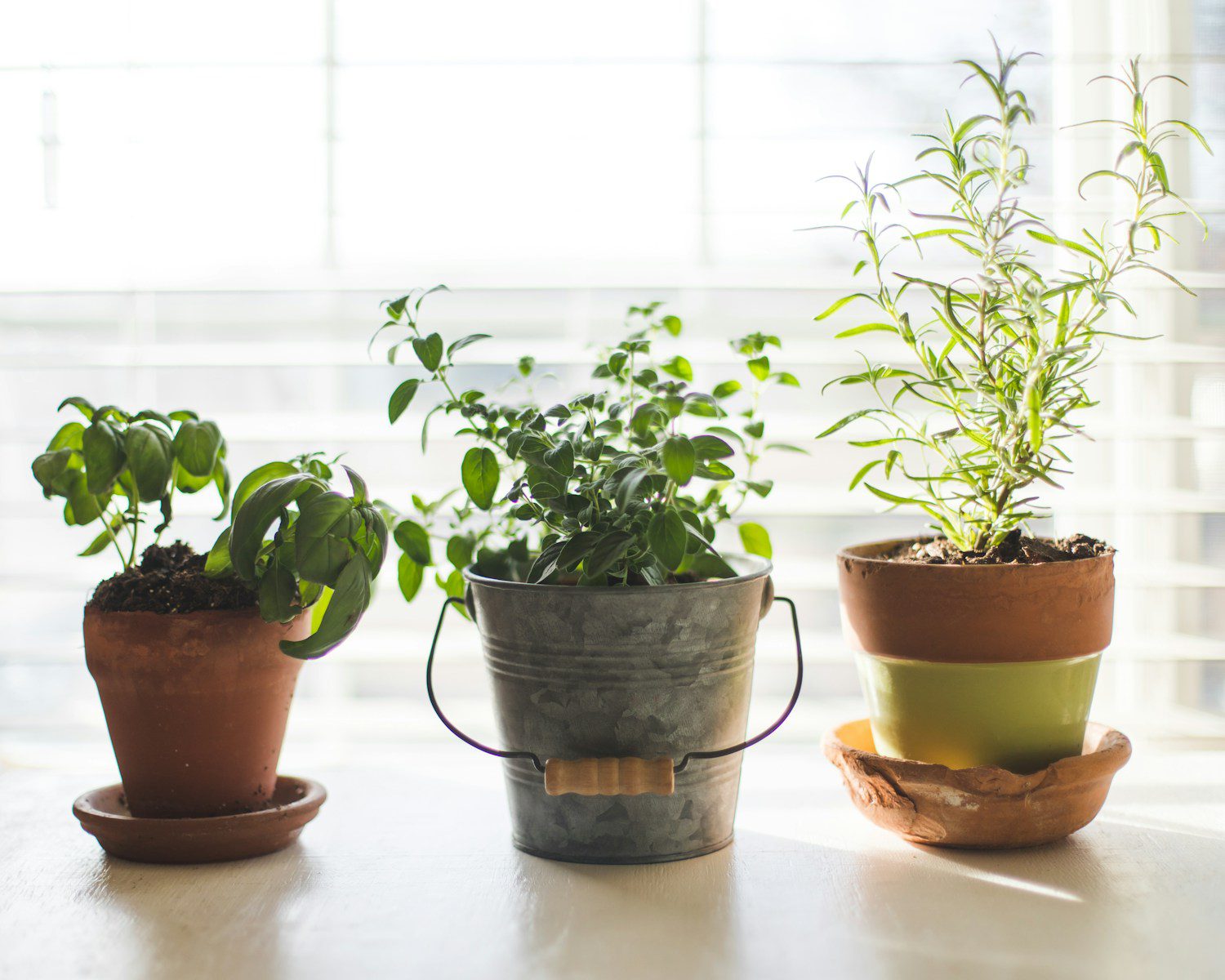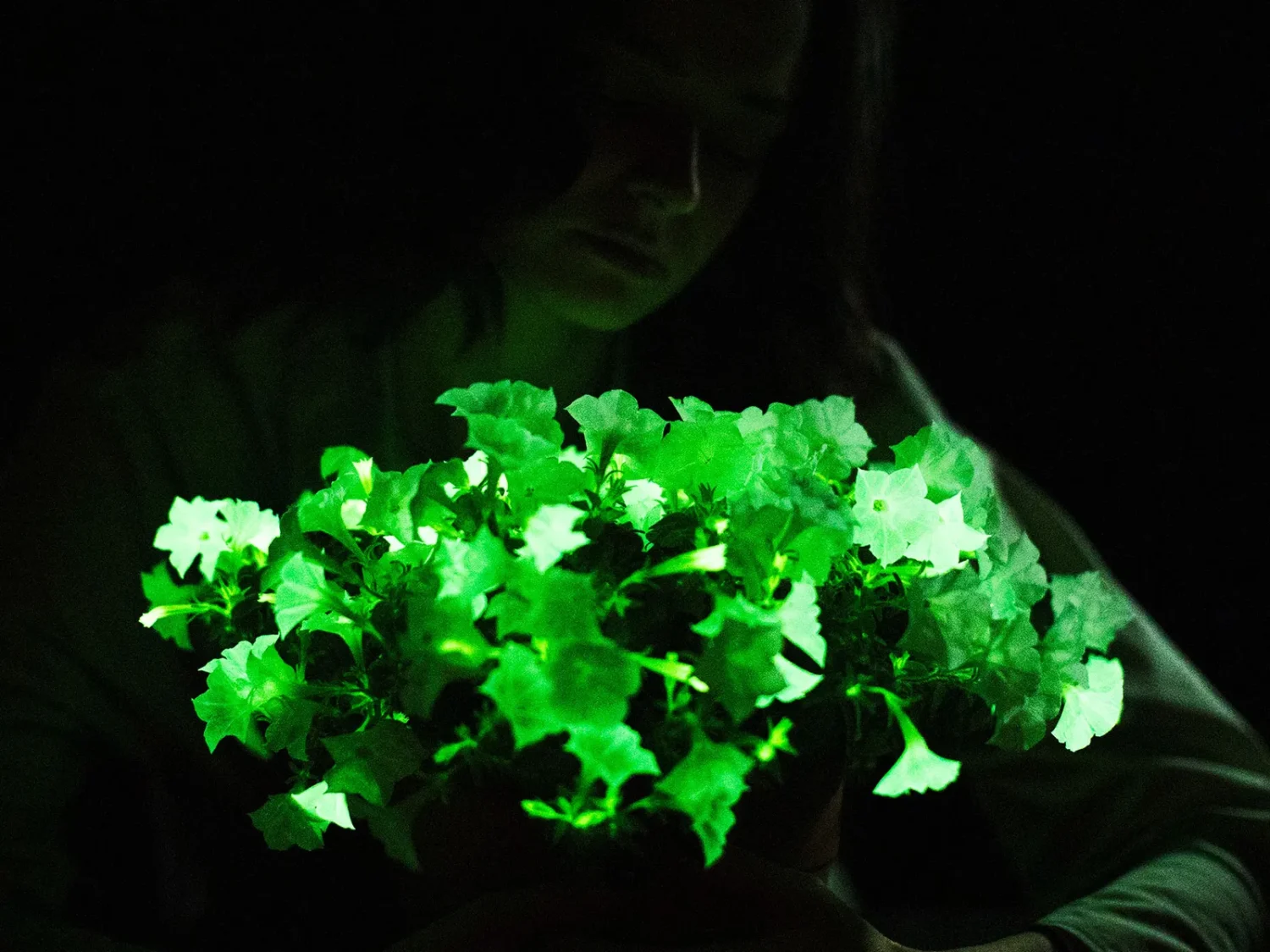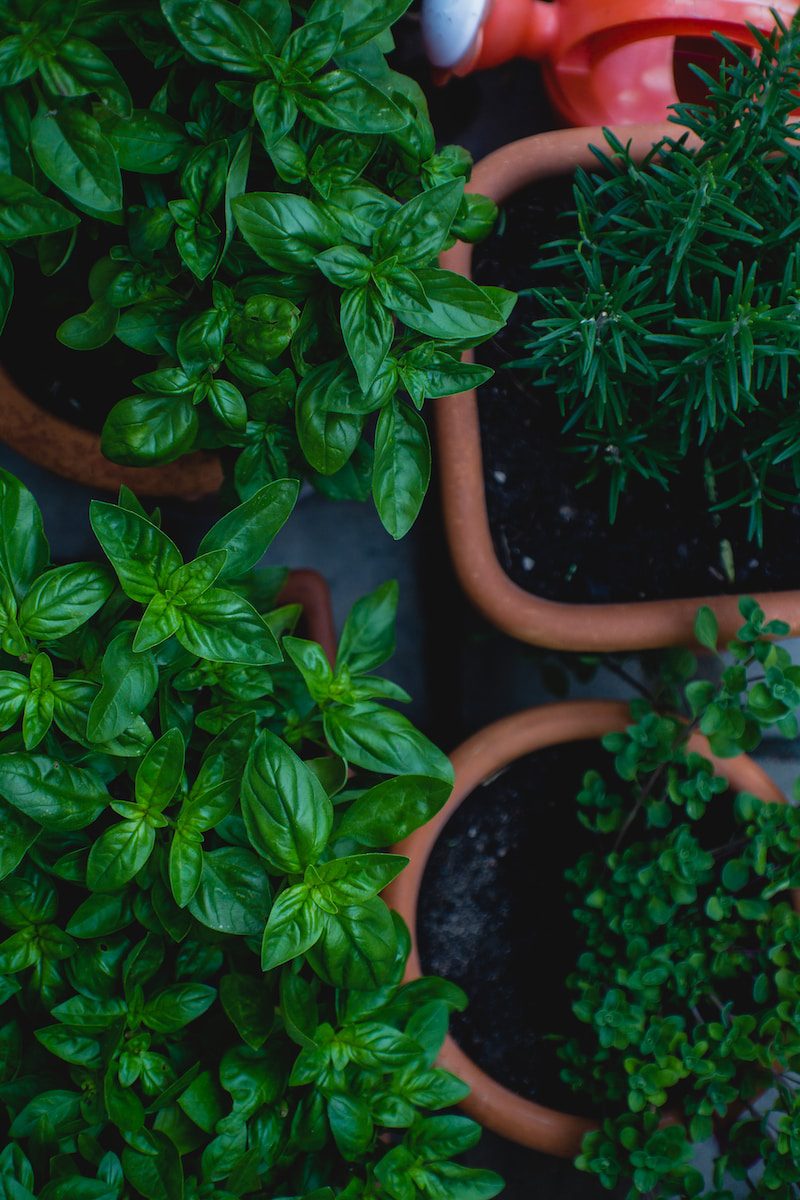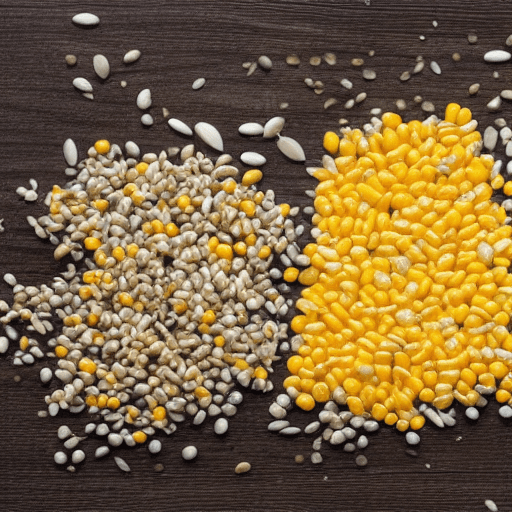Vertical Gardening: Creative Ways to Grow More in Less Space
Gardening is one of life’s greatest joys. But what happens when space is limited? Balconies, small backyards, and patios often feel too tight for a full garden. The good news is this: vertical gardening transforms even the smallest corner into a thriving green sanctuary. By growing upward instead of outward, you can turn bare walls, … Read more


